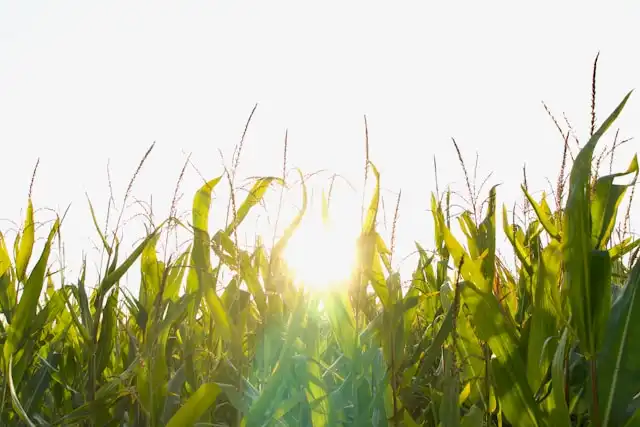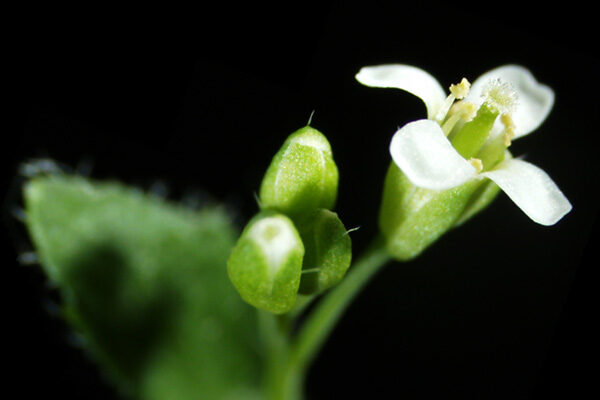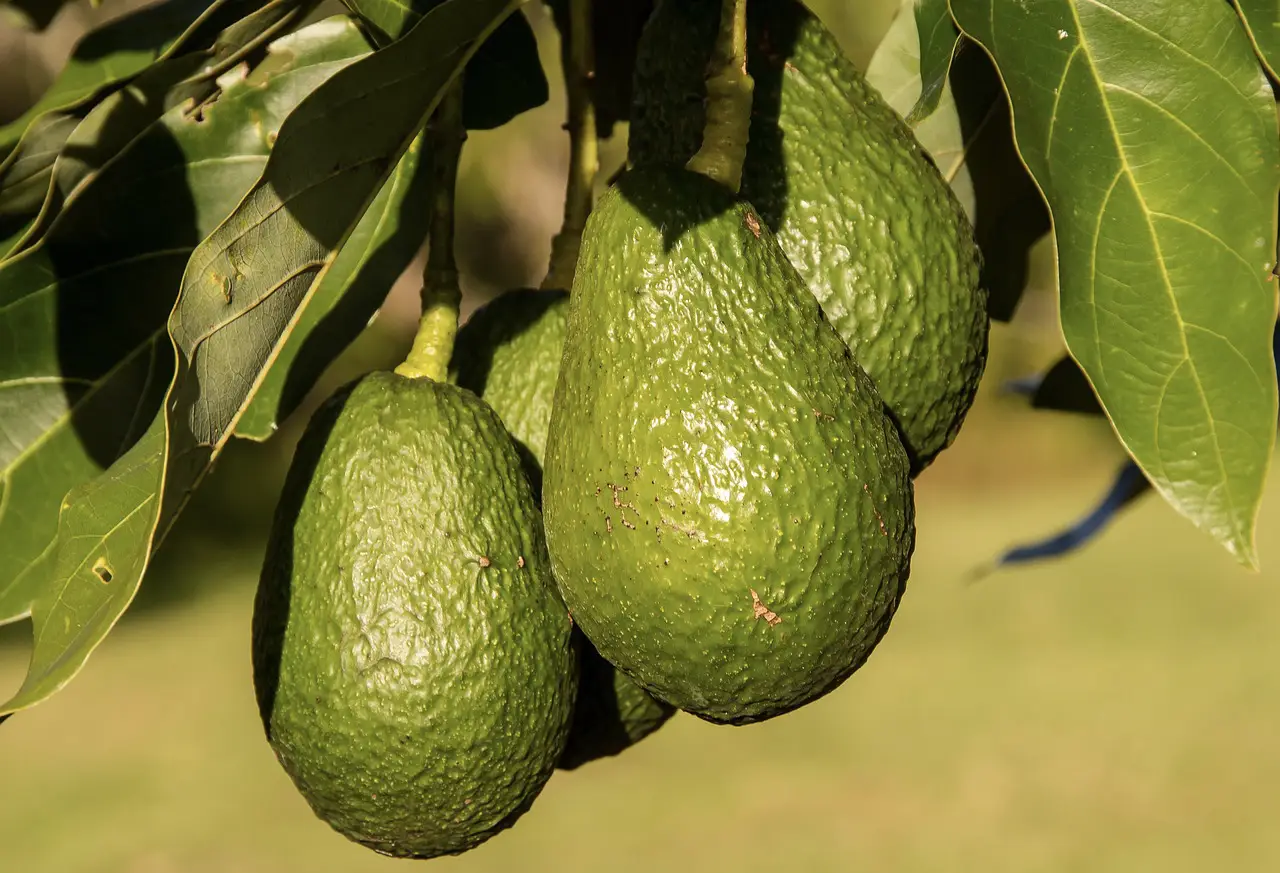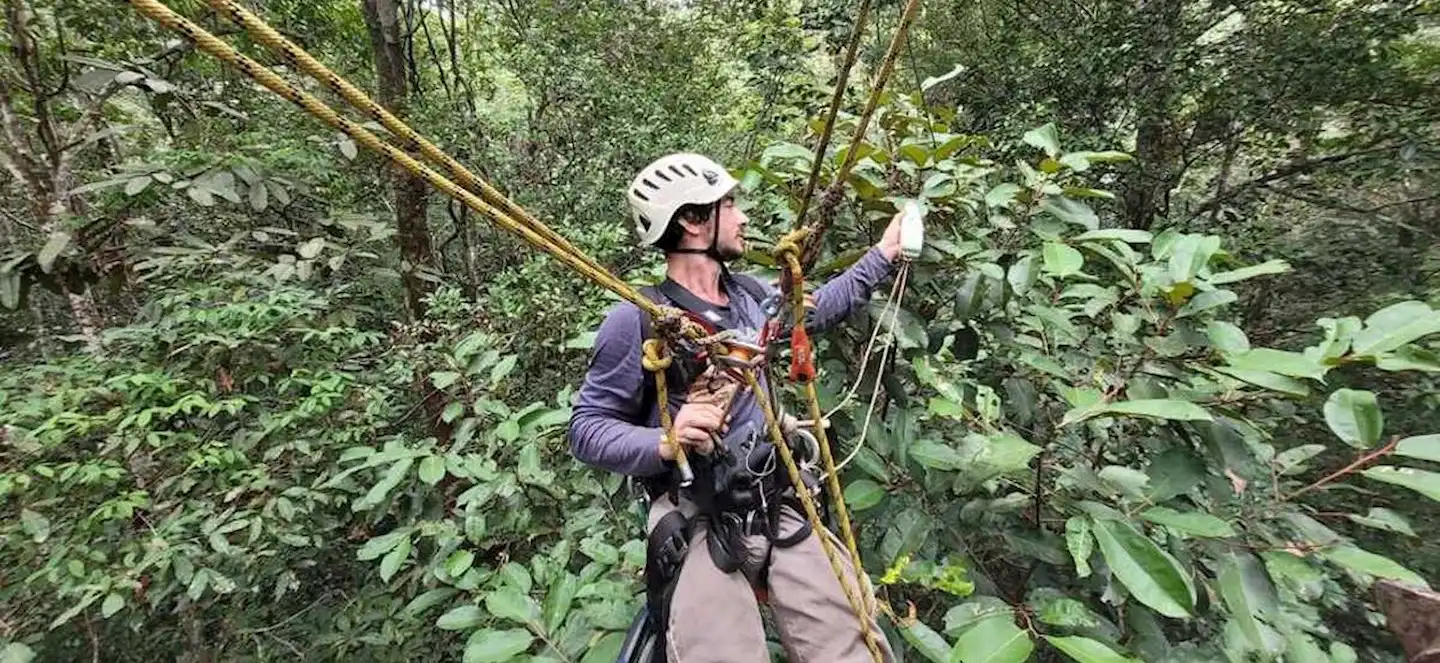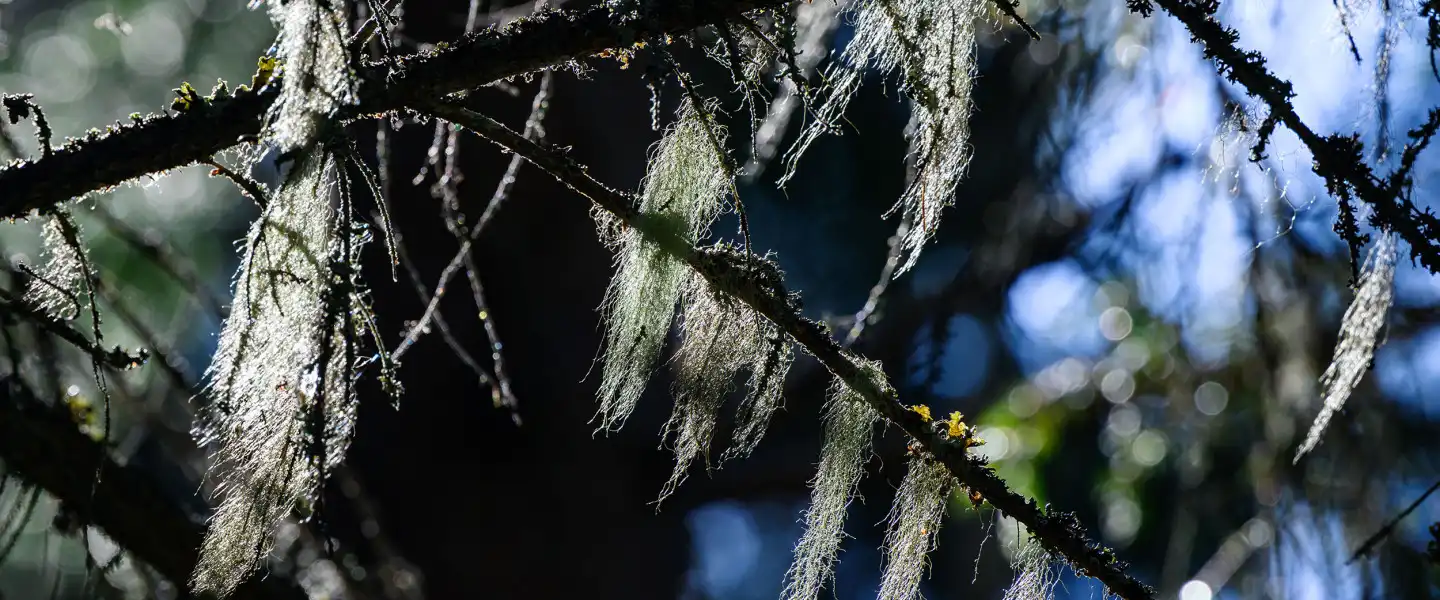Researchers discovered that plant phototropism—growth toward light—is fine-tuned by acetylation-phosphorylation cross-talk in the blue-light receptor phototropin 1 (phot1). Acetylation at key lysines, especially K636, regulates phot1’s phosphorylation and activity, with the deacetylase HDA9 balancing these modifications. Light triggers phosphorylation, reducing…
Read More
